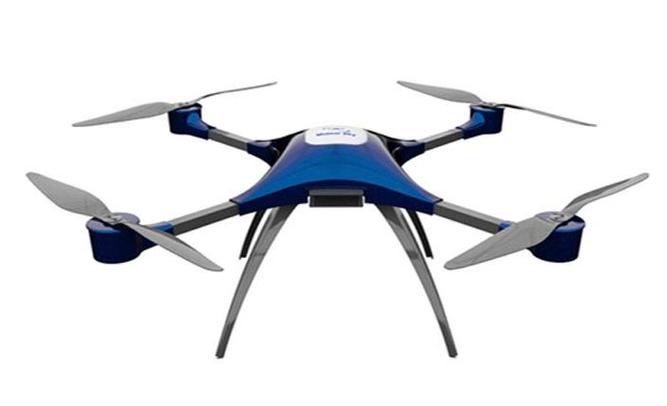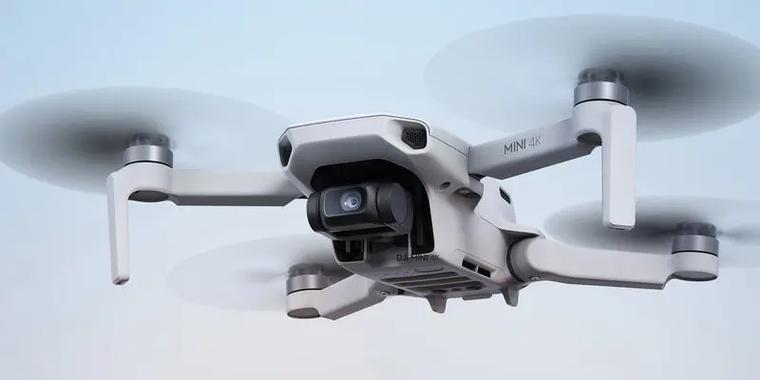Exploring Drone Flight Range: Factors and Limitations

Drones have revolutionized the way we capture aerial imagery and conduct surveillance, and with this advancement comes the intriguing question: how far can a drone fly? Understanding the limits of drone range is crucial for both enthusiasts and professionals in the field. This article delves into the key factors affecting drone flight distance, technological restrictions, and common misconceptions.

Battery Life and Energy Efficiency
The battery life of a drone is one of the most significant factors influencing its range. Most consumer drones are equipped with lithium-polymer batteries, which offer a balance between weight and power. However, the duration a drone can stay airborne is inherently linked to its energy consumption. A drone that flies faster or carries a heavier payload will drain its battery more quickly, subsequently reducing its flight range.
Weight and Aerodynamics
The drone’s design and weight play a vital role in its flying distance. Lightweight drones tend to fly farther since they require less energy to remain airborne. Moreover, the aerodynamic design of a drone affects how efficiently it can move through the air. A sleek design reduces drag and optimizes flight performance, allowing for longer travel distances.
Environmental Conditions
Weather and environmental conditions have a substantial impact on drone flight range. Flying against strong wind currents can decrease a drone’s speed and increase energy consumption, while favorable winds may extend its range. Temperature extremes can also affect battery performance; colder weather may reduce battery efficiency and flight time. Understanding weather impact is crucial for planning long-distance drone missions.
Regulatory Limitations
It’s essential to consider regulatory restrictions when contemplating drone flight distances. Many countries impose legal limits on drone operations, often concerning altitude and range from the operator. These restrictions ensure safety and privacy but can significantly affect how far a drone can be flown legally.
Technological Innovations
Advancements in technology continually push the boundaries of drone capabilities. Innovations such as improved battery technology, solar-powered drones, and enhanced GPS systems are paving the way for longer flight ranges. As these technologies further develop, we can expect the flight limits of drones to continue expanding.
FAQs About Drone Flight Range
Q1: What is the average flight range of a consumer drone?
A: Most consumer drones have a flight range between 2 to 5 miles, but this can vary based on the model and conditions.
Q2: How can I increase my drone’s flight range?
A: You can optimize your drone’s flight range by ensuring it has a fully charged battery, reducing payload weight, and selecting a model with superior aerodynamic features.
Q3: Are there drones specifically designed for long-range flights?
A: Yes, certain commercial drones are designed for extended flight ranges, often used for surveying, wildlife monitoring, and agriculture.